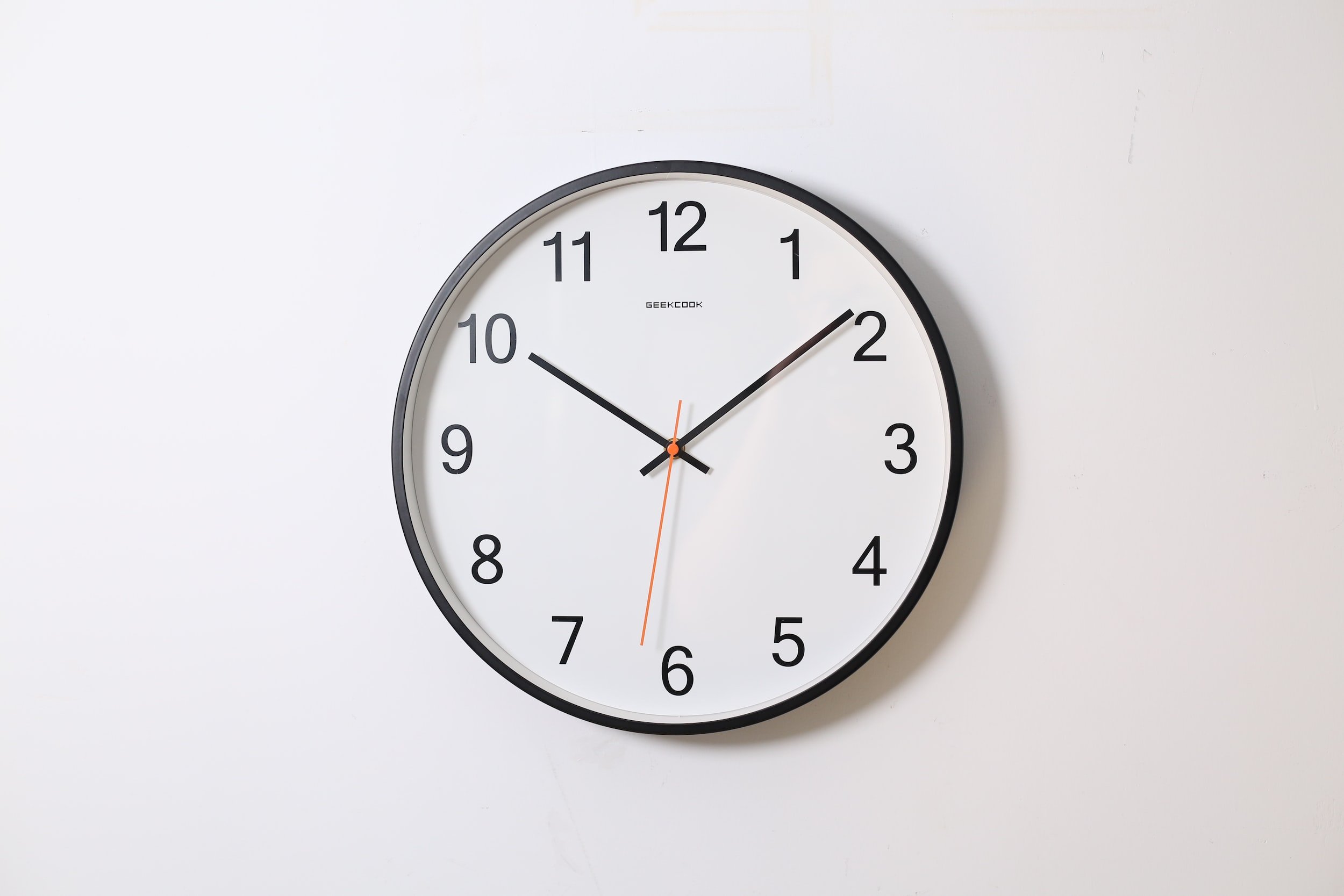TANF
Temporary Assistance for Needy Families is a joint effort between federal and state governments to assist the most vulnerable of its citizens. The U.S. Department of Health and Human Services provides states with block grants to help them design and run programs that accomplish the four specific goals of TANF. Those goals are:
1. Provide the assistance necessary to keep children living in their family homes or in the homes of their relatives
2. Assist parents in becoming self-sufficient by promoting marriage, job preparation, and employment
3. Prevent and reduce out-of-marriage pregnancies
4. Encourage the development and preservation of two-parent families
Who qualifies for Temporary Assistance for Needy Families?
The applicant must be the parent or caregiver of a child under the age of 19 or a pregnant woman in the third trimester.
The applicant must be a U.S. citizen, a non-citizen national, or a legal alien who has lived in the United States for a minimum of five years. (There is an exemption for refugees and others exempted from the 5-year requirement.)
Applicants must meet the state’s requirement for low or very low income.
Applicants must be unemployed, about to become unemployed, or underemployed (working for very low pay).
Each individual state and territory determines the exact benefits to be provided. They determine their own criteria for eligibility. You should contact your local TANF agency to find out what benefits and services you qualify for.
How Do I Apply?
You can get an application online, print it out, and fill in as much information as possible. You’ll find online applications at tanfprogram.com. When you go to your state’s application page, you will find its eligibility requirements and where to go to submit your application.
Because of the coronavirus pandemic, many government offices are closed or working with limited staff. You may be directed to mail in your application and may be interviewed online or over the phone.
Commonly Asked Questions
Are states changing requirements because of COVID-19?
States and tribes may broaden their eligibility requirements and expand their services because of the crisis. States and tribes have the flexibility to set higher income limits. They may provide benefits to families who are 200% above the poverty level.
States and tribes can use the flexibility this program offers in a variety of ways:
Streamline the application process and expedite the payment decision and eligibility
Allow good cause work exemptions for participants who can’t work or attend training sessions because they are sick, are caring for school-age children or children whose daycare is closed, or because the place of employment or training is closed
Allow participants to work, attend training sessions, or job search virtually
Increase the level of cash benefits for workers with reduced income or increased need due to COVID-19
How long does it take to start getting benefits?
Usually about 45 days. Most states dispense cash on the first day after the month of the application’s stamp date. The process can take as long as 45 days.
How much does the program pay?
In 2014, over a million and a half families were receiving 8.4 billion dollars in TANF money. States contributed 47% of the cash and the federal government contributed the remaining 53%.
New York spent the most per capita, and Arkansas spent the least. Alaska gave out the highest monthly benefits at $602 and Mississippi gave out the least at $140. California had the highest percentage of families receiving benefits with Wyoming having the lowest percentage.
The median benefit for a family of three in 2018 was $486 a month. In 14 states a family of three received less than $300 per month.
How long can you get these benefits?
60 months. There is a five year limit on getting benefits with this program. This doesn’t mean you’ll automatically stop receiving benefits at the end of 60 months. There are state exceptions that allow participants to continue receiving benefits beyond the mandated time limit. You should contact your caseworker to find out if you qualify for extended benefits.
What kinds of activities count as work for this program?
On the job training
Community service
Vocational training
Job search
Job readiness training
Education related directly to employment
Secondary school attendance or attendance in courses directly related to GED certification
Unsubsidized employment
Public sector subsidized employment
Private sector subsidized employment
Providing child care for someone participating in community service
Can convicted felons get benefits?
The Personal Responsibility and Work Reconciliation Act was signed into law in 1996. It gives states the option to lift or modify lifetime bans on assistance. Most states, including the District of Columbia, have done so. They have done it by limiting the drug felony classes subject to restriction, implementing short-term bans, and requiring participation in drug treatment programs.
If you have a foster child can you qualify for the program?
Kin care givers receiving full foster care subsidies for children are generally unable to receive benefits because the level of foster care payment puts the child over the program income limits.










